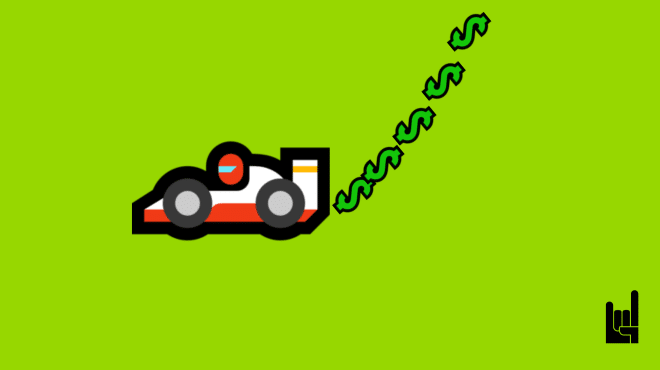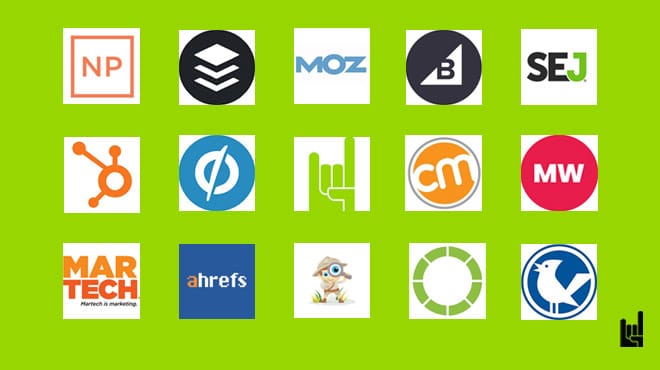Building a services page that converts is more like science than art.
And, in your case, this is good, as you can replicate what works and don’t waste your time with what doesn’t.
With no further ado, here are 5 easy steps to building a services page that will turn a visitor into a customer.
Product vs. Service Page
First things first. When writing any form of content, it’s crucial to take note of the subtleties of the brief. In this case, you’re here to introduce a service, not a product. Thus, the difference in tone and objective between the two is essential.
Generally speaking, a product is a one-time purchase. It is designed to serve a specific purpose. The objective of a product page is to demonstrate the quality and effectiveness of the product succinctly and make the purchase easy for the customer. It’s as simple as that. Any further purchases will likely be based on the customer’s experience with that particular product.
But services can be more complex to understand and thus your customer will be looking for an extensive overview. Contrary to a product, a service may serve multiple purposes. You need to cover all your bases equally, with care and attention, demonstrating which services you provide and what your process is.
To create a services page, you can use a customizable online template to easily design your page. Similar to a product list or order form, you can include a landing form for your customers to easily discover and sign up for your various services. Here’s an example below for a fitness center:

Step 1: Identifying Your Customer
It goes without saying that you want to reach as wide an audience as possible with your services page. So readability is key: avoid buzz-terms and jargon which might alienate a layperson. Always remember to keep things simple and friendly.
However, it’s still important to identify your primary audience. Some customers are simply more likely to get in touch and may be put-off by vague or over-generalized language that doesn’t seem to fit their specific needs.
If the service you are promoting has a specialist focus or is aimed at a particular industry, make this crystal clear. It will set you apart from your competitors and ensure you connect with your natural customers.
Below is Hunter, a creative branding agency that begins with its customers to encourage viewers to delve deeper into their website:


Step 2: Anticipate Concerns and Provide Solutions
Your reader has a problem they need to solve. This often comes with a set of concerns that need to be addressed. They will be looking at your service page to identify these concerns and offer clear solutions. This demonstrates a familiarity with the task at hand.
So put yourself in the shoes of your customer. If their previous service provider wasn’t the right fit, how are you going to offer something better? If there are inherent draw-backs in using this outside service, how are you able to mitigate them? And if you were looking for a provider, what service would you expect?
This is an effective way to kick off your introduction. It’s the start of the story: your reader has a problem, and you’re here to solve it for them. Summarise this clearly, in a concise overview, before moving on to the fine details.
Here is an example from Accenture. Before they begin to list their various services, they anticipate the concerns of companies and emphasize how they can help address them:


Another example is ShowMojo – a platform that automates the residential leasing process, understands the hectic process of back and forth with a realtor and the prospect who’s looking for a house.
They clearly addressed this issue by displaying the problem they’re solving on their home page – it’s actually the first thing their market sees.

Step 3: Make It Personal, Be Original
Your reader will likely be comparing your service page with your competitors. So take a look at what you’re up against, but avoid providing a carbon copy. This may the first point of contact potential customers have with your business, so you want to stand out and make an impression.
A conversational tone will be more engaging than cold information. Imagine what you’d say if meeting the reader in person, and don’t be afraid to use some creative flair. This is especially true if you’re looking to build a longer-lasting working relationship: How do you like to work with customers? How do you provide a collaborative relationship? Why are you passionate about this industry?
We are all hardwired to engage with a narrative structure. If the content is fun to read, written confidently with a clear structure, and a well-crafted copy we are more likely to absorb and process what is being communicated. So what’s the story behind the service you provide?
Step 4: Building Confidence
There are two important factors in winning the confidence of your audience. One is the credentials, experience, and qualifications of your team. The other is testimonials and reviews from other customers.
Rating matters. If you’ve worked with big-name clients, or have a proven track record in any capacity, use this information as proof of the quality service you provide. Ask for reviews from valued customers and include them in your service page. And mention all relevant accredited credentials and include the trust badges on your website – your customers will be looking out for them and will note the absence.
EMyth is a coaching service that builds confidence using customer testimonials. These are spread across its website in a handwritten font to make it stand out to readers:

Step 5: Summarise Clearly and Provide A Call-to-Action
Wrapping up your content page is a final opportunity to hit home your message. Summarise your key points clearly, and provide a “call-to-action” — either to get in touch, subscribe, book a consultation, or organize a service visit.
If your service page has done its job and sold your reader on the service you provide, they will want to get the ball moving as quickly and easily as possible—give them an opportunity to do this right here, right now.
An example of a summarised service page is by Crimson Education. Their service pages follow a natural progression from who they are, what services they provide, and how the reader can get on board at the bottom of the page (call to action):


In some cases it may also be useful to clarify pricing here, but only if you can do so succinctly, and if your pricing is a clear selling point. Ultimately, brevity takes precedence—you can talk over the details when they make contact.
Services Page – Key Takeaways
Your service page is, in some ways, more challenging to nail than a typical product page. But if done right, they can communicate everything from your company’s purpose and services to how they can help address customer needs.
Make sure you’ve included all the elements which were mentioned in this guide, including a clear call to action, testimonials, as well as clear messaging using a conversational tone and empathy for user concerns.
Once you do this, you can begin to build better relationships with customers, leveraging the trust and understanding that you will have built with them through these essential steps.
And if you want to dig deeper into converting your customers, here are 10 Conversation Rate Optimization Tools to help you exactly with that.




